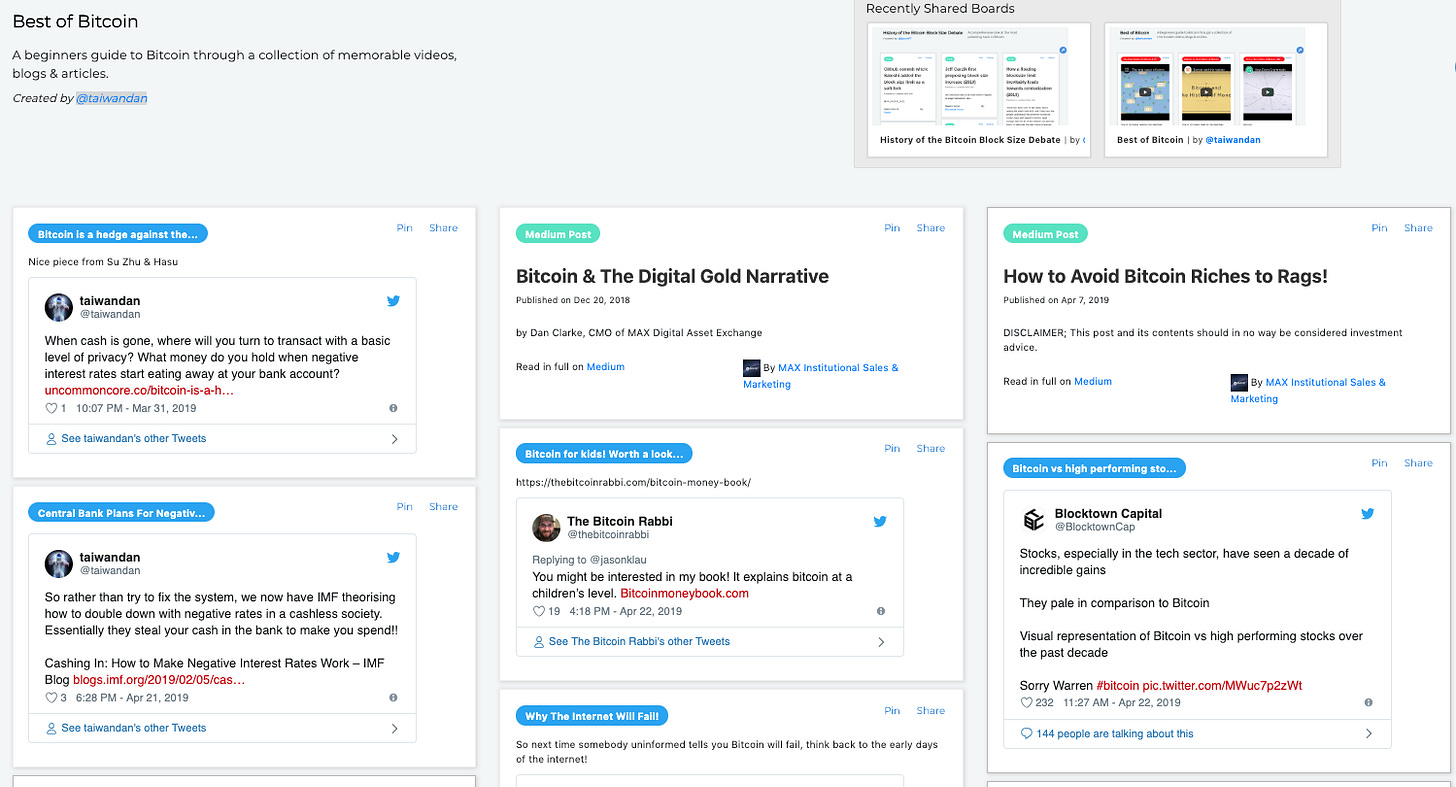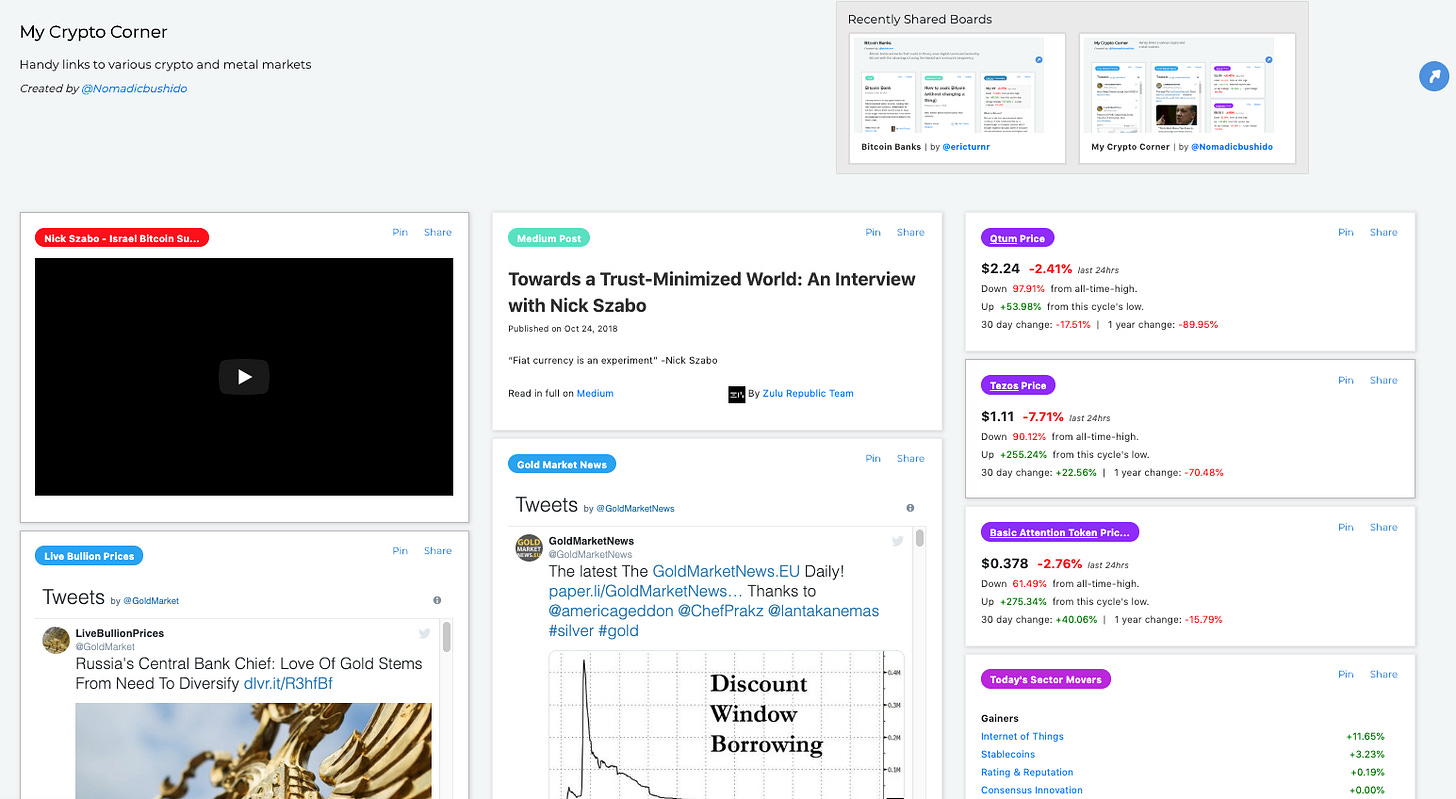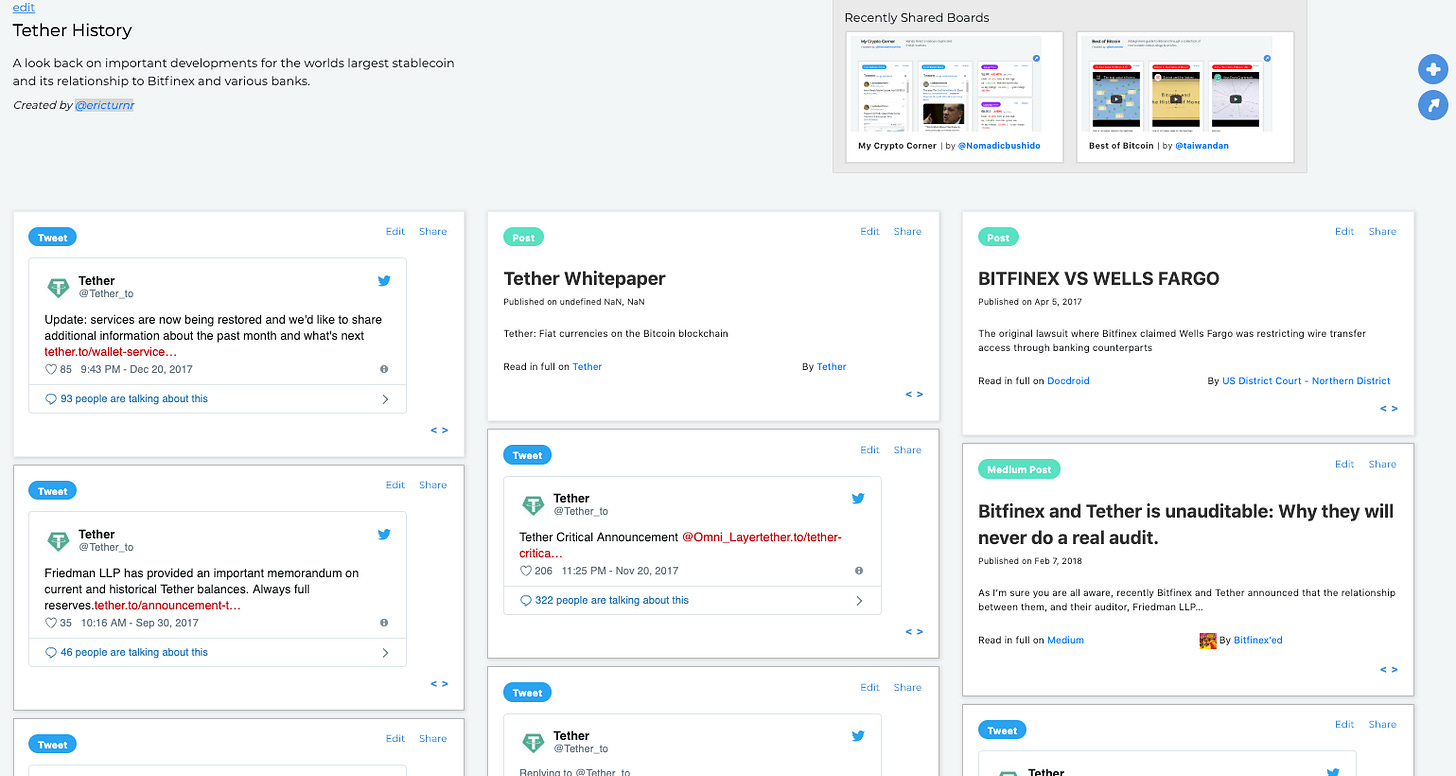Value Capture vs. Staking - Unqualified Opinions
let's actually earn it, eh? or, everything is still overvalued.

Your daily snapshot from our OnChainFX markets dashboard.
Value Capture vs. Staking
We like fundamentals-driven theses at Messari. These tend to be in short supply relative to their trend-driven (or greater fool-driven) counterparts, so when we read them, we have to highlight them.
A pair of complementary pieces were just published late last week regarding value capture and staking yields. One from from Placeholder GP Chris Burniske, and the other from bitcoin OG and BitGo co-founder Ben Davenport.
These gentlemen are among the more rational folks in crypto, and certainly know a thing or two about valuation frameworks. I’d argue the combined implications in their posts should be somewhat chilling for many token investors, particularly those who are all in on the “staking rewards” train.
Cryptocapital vs. Cryptocommodities
Let’s start with Chris, who quite literally wrote the investors’ guide on cryptoassets. His most recent post updates his mental model for thinking about the ecosystem.
Chris writes: “the majority of cryptoassets are shaping up to be capital assets in nature.” He defines capital assets as those which have at least some sort of productive (read: income producing) properties, with the most prevalent being tokens designed to be held and staked to earn network fees.
These assets can be valued using traditional valuation frameworks (instead of a discounted cash flow analysis, Chris wants to look at "discounted value flow”), and stand in contrast to their unstaked counterparts. Most unstaked and non-money tokens will struggle to generate any sort of reservation demand and trend to zero, as even the useful ones will have velocities approaching infinity.
For illustration of this consider the following:
I need Numerai to stake my model in the network’s data science competitions if I want to earn fees when I win.
But I don’t need Tacocoin to buy tacos. And even if I do, I don’t need to hold Tacocoin for any length of time. I can buy Tacocoin with a real currency that people will hold in real life, but then I'll immediately buy tacos with Tacocoin, putting the onus on the taco truck entrepreneur to decide what he wants to do with Tacocoin. Odds are he’s got bills to pay in the real world, and so must also sell his Tacocoins for real currency.
Because everyone wants to minimize their Tacocoin holding period, the money supply doesn’t need to be very big at all for the micro Taco economy to work. And why not just use dollars? (Or pesos? Or bitcoin?)
Chris continues: “Any asset that is staked, bonded, or otherwise committed in order to get a claim on value flows can be considered cryptocapital. A sustainable value stream comes from transaction fees and asset inflation, though the latter is not strictly needed. [emphasis mine] The steady flow of transaction fees assumes the network is providing a valuable service, which is an assumption we’ll have to make if we believe these assets can effectively and sustainably coordinate resources as well as existing social contracts (e.g., equities)."
I like Chris’ updated thoughts because he’s right; the bifurcation of crypto commodities (bitcoin, ether), and crypto capital is good and smart.
I also like it because it’s a mirror of my mental model from January 2018 when I wrote “skin-in-the-game” tokens were “merely 10-100x overvalued” rather than worthless.
[Aside: I’m shameless, so of course I like this convergence. But my SITG coins are capital assets. In my original post, I wrote about “securitized computing resources” (commitments of digital resources like bandwidth and storage), “proof-of-human-work” (some valuable commitment of human capital), and token curated registries (intrinsically valuable public information resources). I’m still bullish on all three.]
On the less tangible “value flow” front, Chris points to his partner Joel’s write up on “Cryptonetwork Governance as Capital” to hint at the fact that not all “value flows” will necessarily be comprised of network fees or asset inflation. There are intangible, but real financial benefits to governing a system like 0x or Zeppelin, for instance.
Still, for proof-of-work assets, I like the simplicity of Chris’s approach. He maintains "any purely proof-of-work asset can be considered a cryptocommodity, and MV = PQ remains our best bet at pricing such assets.”
Some questions to ponder for your favorite token, then:
+ Does anyone buy the narrative that this asset could be a long-term store of value?
+ Is the meme strong enough that people will hold without an artificial velocity sink?
+ Are there real value flows to holders (e.g. network fees, governance rights)?
Without a staking mechanism, the only things that seems to matter for crypto valuation is the velocity of money.
With a staking mechanism, you need to look at whether the asset can genuinely produce income via network fees or measurable intrinsic value via governance rights.
The largest driver of fundamental value right now might be staking rewards. Right?
Stake through the Heart
That brings us to Ben Davenport’s excellent piece on staking. It’s consistent with my April 2 post “Running in Place Capital", which paying subscribers will recognize (see! y'all get the goods early), and Ben summarizes nicely here:
“Clearly, if you’re going to hold one of these [staking] coins, you need to be a staker, otherwise you are going to be diluted continually by others who do stake. So, if we follow this to its inevitable conclusion, the long term stable equilibrium is that almost everyone will stake. (And even assuming no changes in ownership or behavior, the percentage of non-stakers naturally gets smaller every year, simply due to the dilution.)
But, if everyone stakes, then there is no return to be provided by the non-stakers, there is just inflation, which does not provide a real return. Of course there may always be a few irrational actors who choose not to stake. But in general, the staking yield should be thought of more as the penalty rate for non-stakers than as the reward rate for stakers. So, this means as a holder of PoS coins, you are in a position of needing to do work and/or put coins at risk, but you don’t really get paid for it."
Ben notes, that it’s actually even worse than that, and there seems to be something missing from most analyses of staking yields.
Namely, a) most users will delegate their staking to a third party service, and b) these staking rewards will likely create taxable events (and many headaches) in the near- to medium-term. The net result is that at any rational equilibrium, real net staking yields will be not just be flat, but negative.
The only way staking tokens become bona fide capital assets is if the network fees that stakers may earn turns positive or governance rights end up being really valuable. In that case, the primary question for investors will turn to which valuable protocols or financial entities are controlled via the token’s voting power.
But all of this would require, uhh, people actually using these networks.
Today, you can maybe say that about Maker and Augur. But Maker’s got its own challenges, and Augur has a whopping $800k in staked assets right now.

(Chart: DeFi Pulse)
For the record, I’m not knocking either asset, just highlighting how preposterous it is to think we can value crypto capital assets off of network fees just yet.*
I hate to say it, but with any reasonable discount rate in a “discounted value flow” model, you ain’t getting anywhere close to today’s current valuations. Everything is still tethered artificially to bitcoin and ether’s commodity money strength.
Kudos to Chris for calling that out and presenting a compelling update to his mental model. And to Ben for eloquently presenting the case to heavily discount the illusory promises of most “staking rewards.”
Together, these pieces might give discerning and fundamentals-focused investors some pause with respect to the value of most proof-of-stake assets.
-TBI
*If we’re gonna use network fees as the numerator for “real yield” for a crypto capital asset, we need to accelerate our token curated registry development, since our network would have a larger fee market than everything but bitcoin, ether, maker, and bnb.
P.S. Share. Subscribe. Spread the (rational) crypto love. Tweet at me or Messari for requests, feedback, comments, or questions.
Best of the Boards
This week we are switching things up and highlighting some of the best user generated boards from the past week. Build your own, tweet it, and tag us us for a chance to be featured next week!
First board up is a beginners guide to Bitcoin through a collection of memorable videos, blogs, and articles.

My Crypto Corner - @Nomadicbushido
Digital and physical gold in the same place? You bet. This board tracks handy links to resources for both cryptoassets and metals markets.

This board provides a look back on important developments for the worlds largest stablecoin and its relationship to Bitfinex and various banks.

Did I miss something?
Send me the link, your twitter handle and your best imitation compression algorithm write up. If I like it, I’ll include your bit next issue (with attribution).
Should your colleagues read daily? We now offer discounts for corporate access. Email us, and we’ll onboard your whole team.

